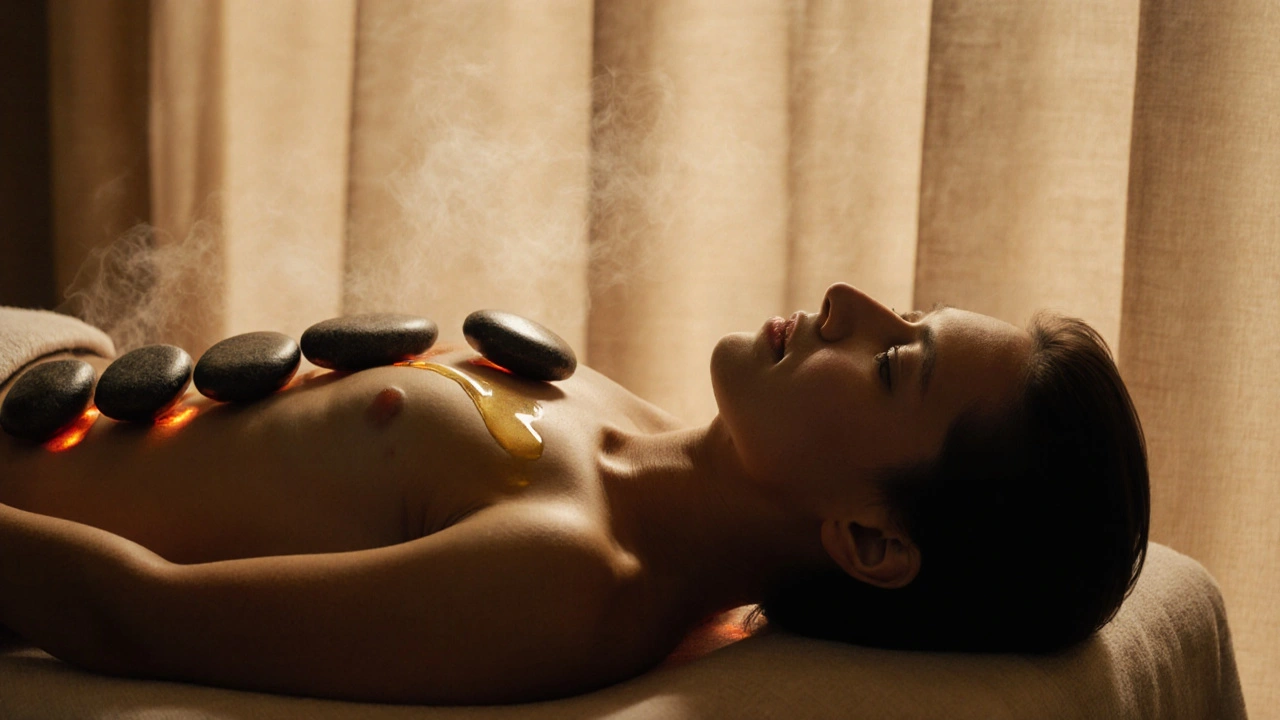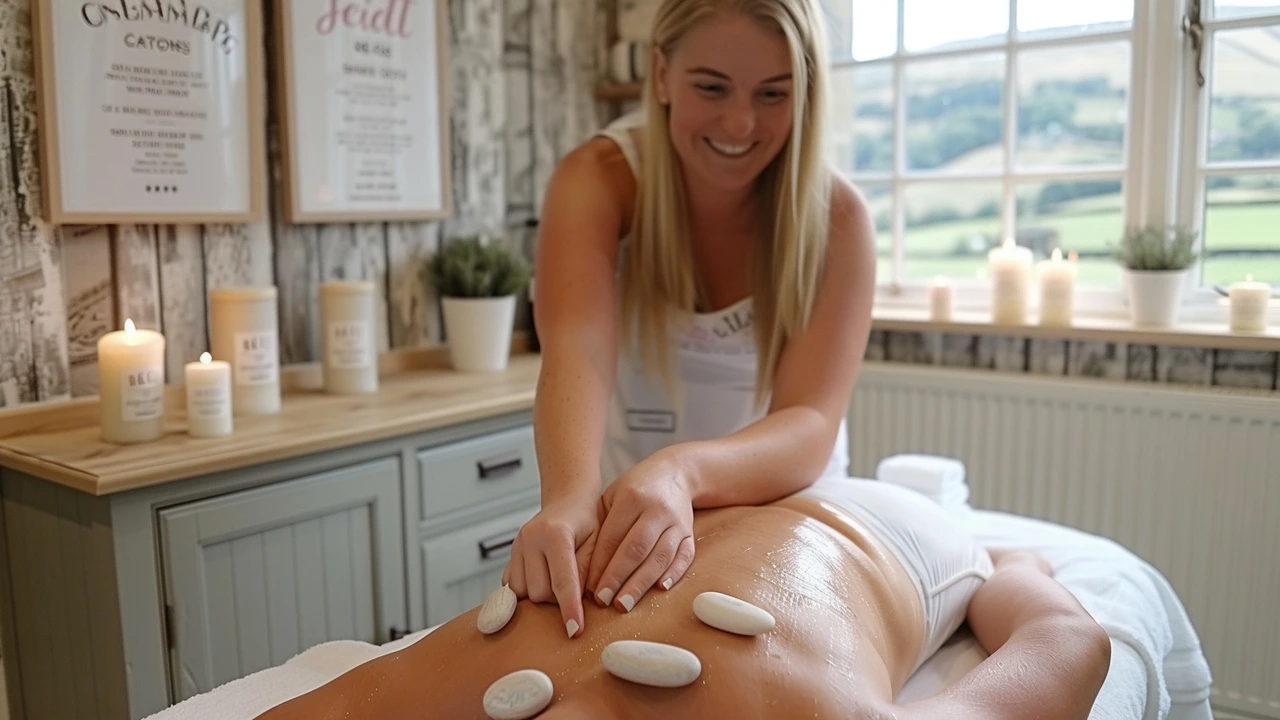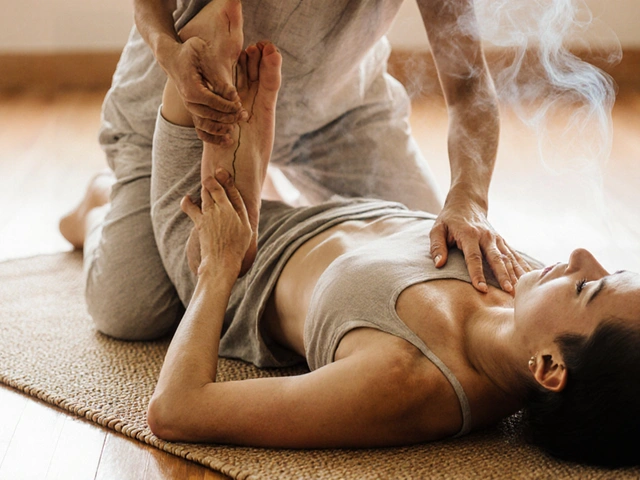Stone Massage: Hot and Cold Stone Therapy That Actually Works
Hot stones on tight muscles feel amazing, but stone massage is more than a luxury. It uses heated or chilled stones to change muscle tension, improve circulation, and speed relaxation. You’ll leave feeling looser and often sleep better the same night. Here’s a practical guide so you know what to expect and how to stay safe.
What happens in a session
When you arrive, the therapist checks health history and comfort with heat. Hot stone sessions use smooth basalt stones warmed in water; cold stone sessions use marble or chilled stones. Stones may be placed on key points like the spine, palms, or feet, and the therapist uses stones as extensions of their hands to massage. Pressure can be light to firm—tell the therapist if it’s too hot or painful.
Sessions usually run 60–90 minutes. Expect layers of towels or a thin cloth between very hot stones and skin. Therapists alternate warm stones with standard massage techniques to loosen tissue, then finish with gentle strokes to calm the nervous system. If you’re sensitive to heat, ask for milder temperatures or a mostly hands-on approach with a few stones for accent.
Safety, aftercare, and choosing a therapist
Stone massage is safe for most people, but skip it if you have open wounds, severe varicose veins, recent surgery, uncontrolled high blood pressure, or neuropathy that reduces skin sensation. Pregnancy and certain medical conditions may need special care—ask your doctor first.
Aftercare is simple: drink water, avoid heavy exercise for a few hours, and notice how your body responds. You might feel extra relaxed or slightly tired; that’s normal. If you get any unusual redness or blisters, contact the therapist and seek medical advice.
Pick a therapist who is licensed or certified in massage therapy and experienced with stones. Check that stones are cleaned between clients, that water baths are kept hygienic, and that temperature controls are obvious. Ask about the stone type, how they test heat, and whether they adapt pressure for injuries.
Want to try something at home? Use smooth river stones or clean massage stones, heat them in hot water (not a microwave), and test the temperature on your wrist before use. Wrap stones in a towel so they never sit directly on bare skin, and keep sessions short. If you’re unsure, book one professional session first to learn proper technique.
Stone massage can boost relaxation, ease tight muscles, and add a soothing ritual to your self-care. If you're curious, try a short session with a trained therapist and see how your body responds. For deeper issues, combine stone therapy with targeted techniques like trigger point work or structural body therapies—talk to your therapist about a plan that fits your goals.

Redefining Relaxation: How Stone Massage Heals Body and Mind
Stone massage uses heated basalt stones to deeply relax muscles, reduce chronic pain, and calm the nervous system. Learn how this ancient therapy works, who benefits most, and what to expect in your first session.

Warm Stone Massage: Your Secret Weapon Against Winter Blues
Feeling down as the days get colder? A warm stone massage can kick winter sadness to the curb by easing tense muscles and soothing your mind. This article explains how heated stones help with stress, sleep, and mood. Find out who should try it, what to expect, and how to make your experience amazing. You might even get inspired to create a spa-like vibe at home.

Uncovering the Truth About Stone Massage Therapy
Stone massage therapy has been surrounded by myths and misconceptions. This article dives deep into the reality of stone massages, explaining their benefits, how they work, and tips to enhance your experience. Perfect for anyone interested in incorporating stone massage into their wellness routine.
Categories
- Health and Wellness (148)
- Alternative Therapies (86)
- Massage Therapy (40)
- Travel and Culture (15)
- Beauty and Skincare (9)
- Holistic Health (8)
- Health and Fitness (5)
- Spirituality (5)
- Other (2)
- Personal Development (2)
Popular Articles



